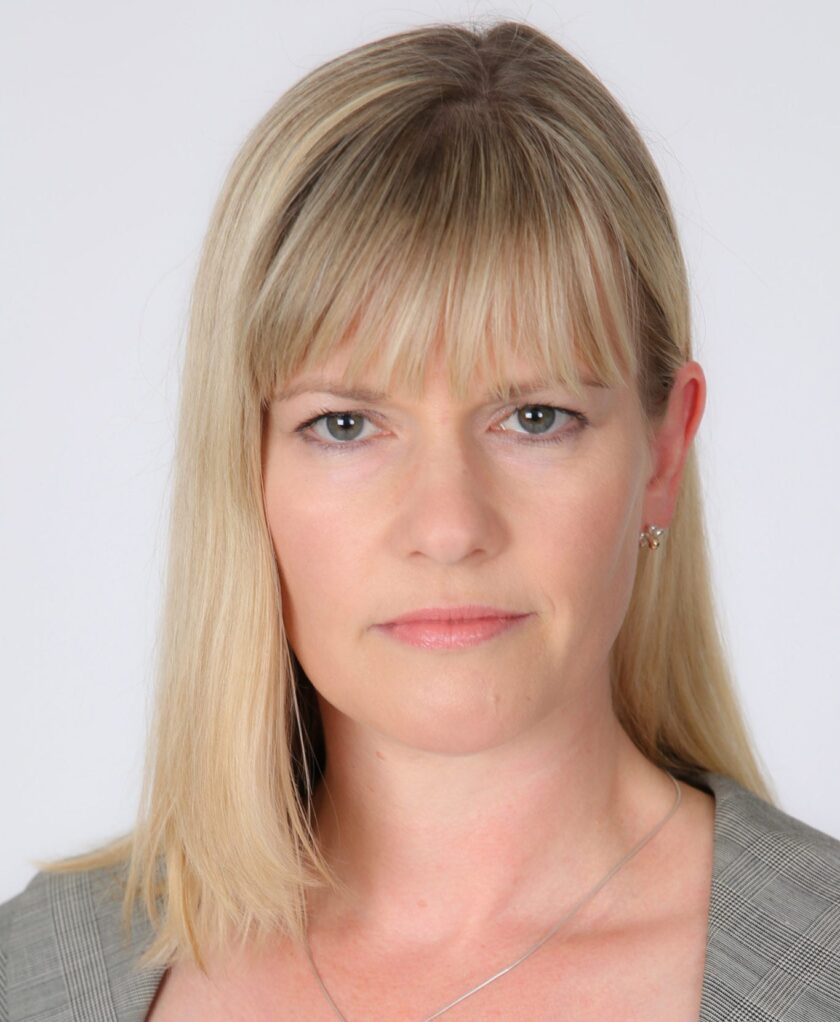Juliet Schooling Latter, research director, FundCalibre, continues her look at funds at or approaching their three year track record with an examination of the T. Rowe Price Asian Opportunities Equity fund.
I’m sure you’ve heard the story of the tortoise and the hare and the moral that you can be more successful by being slow and steady in your methods.
We’ve always preferred funds that are slower and steadier – those that can deliver consistent alpha year in year out, rather than those that ‘shoot the lights out’ from time to time. The former are the ones you want to invest in for the long run – through all kinds of markets and cycles. And that’s precisely why we like the T. Rowe Price Asian Opportunities Equity fund.
Since the UK version of the strategy was launched in October 2017, the fund has returned 25.8%* to investors, well above the IA Asia Pacific ex Japan sector average of 10.9%* and placing it fourteenth out of 102 peers. It has also excelled year-to-date returning 7.8%** versus 3.8% for the sector**.
Eric Moffett has managed the strategy since 2014 and this fund since launch. Based in Hong Kong, he has two decades’ worth of investment experience and joined T. Rowe Price in 2007
With the help of the analyst team, he seeks out high-quality businesses that will reliably compound earnings and sustain strong cash flow over time. These companies tend to be established businesses, with leading market positions and good management teams.
Eric looks for returns-focused capital allocation and prudent balance sheet management.
An initial quantitative screen focuses on quality and valuation. Then detailed company analysis is undertaken. The team visits companies to enhance its understanding of their operations. These visits are key to enabling it to make independent judgments about the commitment, skills, and resources the company commands.
The team examines a company’s pricing power, product cycles, market share trends, margin outlook and leverage. Importantly, it assesses if management cares about shareholders and has high corporate governance standards. It also looks at the industry in which the company operates, analysing its structure and outlook. To supplement the team’s assessment of ESG risk factors, external research partners are used to provide detailed company-level reports.
Various valuation criteria are applied to each company, depending on which sector it operates in.
Whilst the bottom-up assessment is crucial, top-down factors are also taken into account. The team looks at political stability, government policies, national accounts, central bank policy and currency stability, to name but a few things. Eric then constructs a portfolio of 40-70 stocks.
Risk management is embedded within the investment process and close attention is paid to ensuring diversification of exposures. Position sizes will range between 0.5%-6%. The fund has an ongoing charges figure of 0.92%^.
While China (37.5%^) is currently the largest country allocation within the fund, Hong Kong (15.8%^) is the largest benchmark overweight, followed by the Philippines and Australia^. The top three holdings are well-known names in the shape of Alibaba, Tencent and Taiwan Semiconductor Manufacturing^.
We really like Eric’s safety-first approach, while having the backing of a strong team on the ground in Asia also has its benefits. The process works perfectly as a solution to the volatility in Asian markets, giving investors piece of mind when times are tough. The fund is a strong candidate for being a core Asian equity holding.
*Source: FE Analytics, total returns in sterling, 16 October 2017 to 5 August 2020
**Source: FE Analytics, total returns in sterling, 1 January 2020 to 5 August 2020
^Source: Fund factsheet, 30 June 2020
Past performance is not a reliable guide to future returns. You may not get back the amount originally invested, and tax rules can change over time. Juliet’s views are her own and do not constitute financial advice.




































